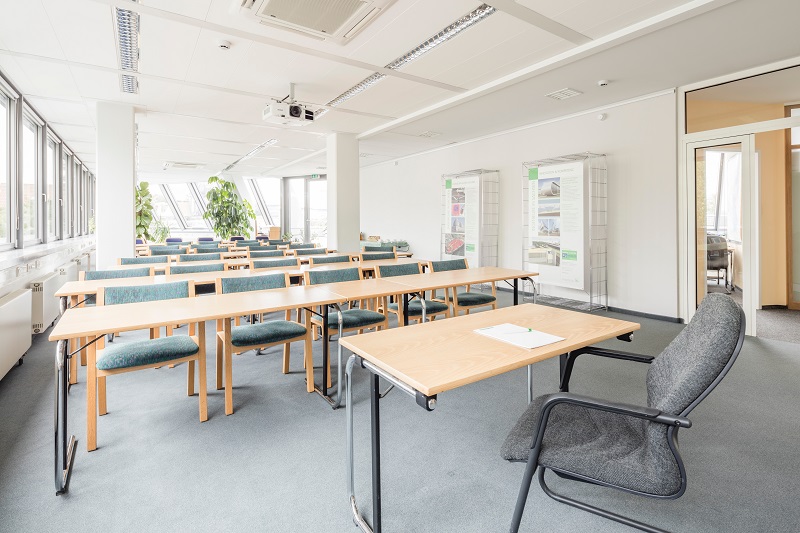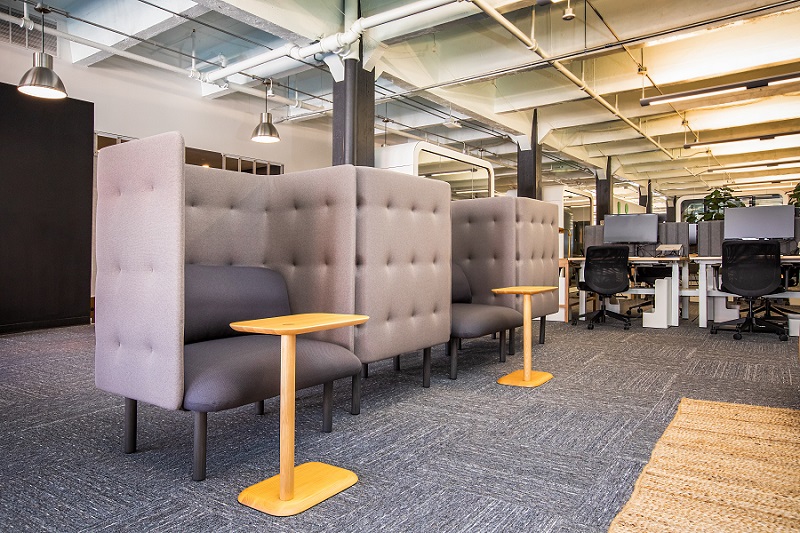
Interior designer, a term we commonly heard, is often mistakenly used to name the job title of an interior decorator. The main difference between interior designer and decorator is the former is professional practitioners qualify to work on a construction project involving structural change, planning and renovation of interior spaces. Whereas the latter is personnel who work on the aesthetic and style components of a project. Interior decorator does not have to go through the conventional interior design education and examination to be a decorator. Continue reading “The Differences Between Interior Designer and Interior Decorator”




